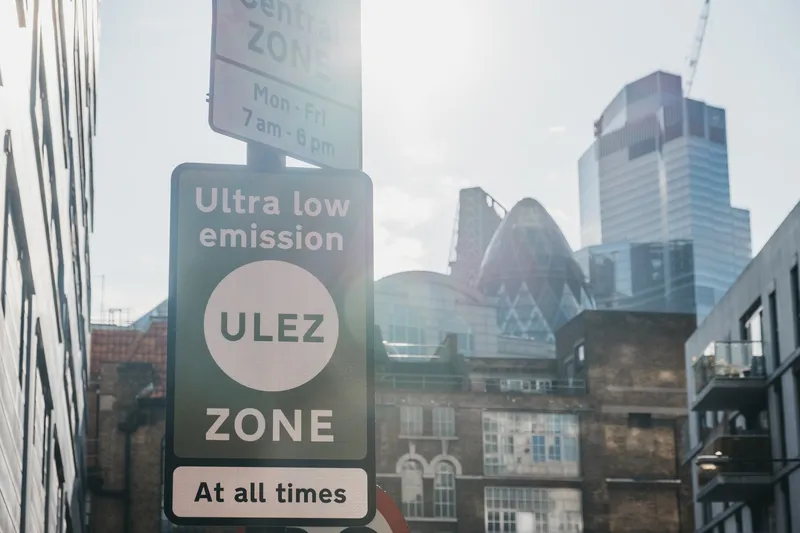Manufacturer of emissions reduction systems, Eminox, is to take part in a US$4.5 million project to reduce NOx pollution in Hong Kong. The scheme will see buses retrofitted with the latest in emission control technology to help make Hong Kong a safer environment to live and work.
Hong Kong’s Environmental Protection Department (EPD) aims to upgrade 1,400 buses with retrofit selective catalytic reduction (SCR) technology to dramatically reduce NOx. A pre-qualification programme is currently taking place,
January 30, 2015
Read time: 2 mins
Manufacturer of emissions reduction systems, Eminox, is to take part in a US$4.5 million project to reduce NOx pollution in Hong Kong. The scheme will see buses retrofitted with the latest in emission control technology to help make Hong Kong a safer environment to live and work.
Hong Kong’s Environmental Protection Department (EPD) aims to upgrade 1,400 buses with retrofit selective catalytic reduction (SCR) technology to dramatically reduce NOx. A pre-qualification programme is currently taking place, in which Eminox, as one of four suppliers, has retrofitted 23 buses with SCR systems, effectively achieving a full SCRT system. The company says the systems are delivering NOx reduction well beyond the 60 per cent scheme requirement.
Steve Rawson, head of retrofit engineering at Eminox, commented: “We are delighted to be involved with such a high-profile international project to tackle on-street pollution in Hong Kong. By retrofitting the existing fleet of buses, we can improve air quality in an area which urgently needs attention – without the high costs associated with replacing an entire fleet. Our SCR technology delivers proven real world NOx reduction that can make a real difference to air quality.”
In a bespoke project approach, engineers monitored the temperature at which the buses were operating and measured the packaging envelope using laser scanning, then designed the system to exceed performance targets. Eminox produced different system designs to fit the limited space envelope on a variety of buses.
Fitting of the systems by Eminox applications engineers began in October 2014 and spanned a period of 32 days. Real-world NOx reduction is continuously monitored using sensors fitted to the buses and will continue over the 12 month trial period.
Hong Kong’s Environmental Protection Department (EPD) aims to upgrade 1,400 buses with retrofit selective catalytic reduction (SCR) technology to dramatically reduce NOx. A pre-qualification programme is currently taking place, in which Eminox, as one of four suppliers, has retrofitted 23 buses with SCR systems, effectively achieving a full SCRT system. The company says the systems are delivering NOx reduction well beyond the 60 per cent scheme requirement.
Steve Rawson, head of retrofit engineering at Eminox, commented: “We are delighted to be involved with such a high-profile international project to tackle on-street pollution in Hong Kong. By retrofitting the existing fleet of buses, we can improve air quality in an area which urgently needs attention – without the high costs associated with replacing an entire fleet. Our SCR technology delivers proven real world NOx reduction that can make a real difference to air quality.”
In a bespoke project approach, engineers monitored the temperature at which the buses were operating and measured the packaging envelope using laser scanning, then designed the system to exceed performance targets. Eminox produced different system designs to fit the limited space envelope on a variety of buses.
Fitting of the systems by Eminox applications engineers began in October 2014 and spanned a period of 32 days. Real-world NOx reduction is continuously monitored using sensors fitted to the buses and will continue over the 12 month trial period.







